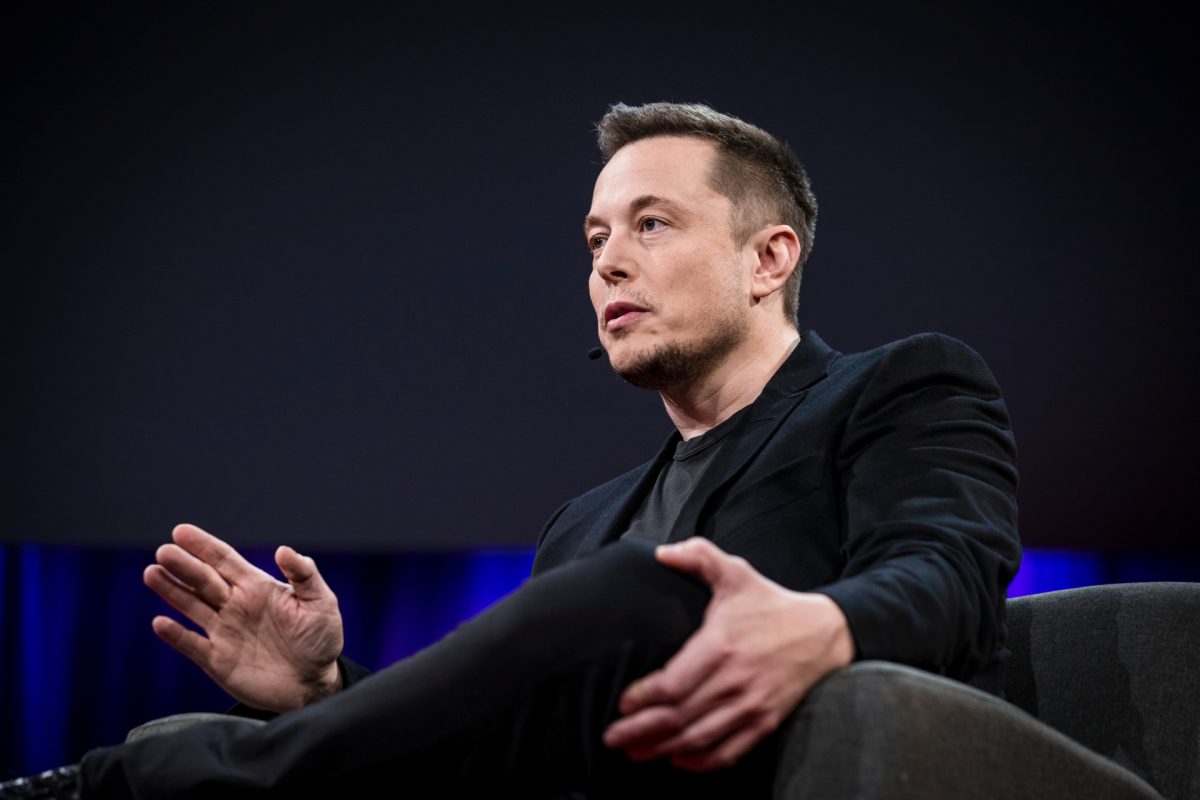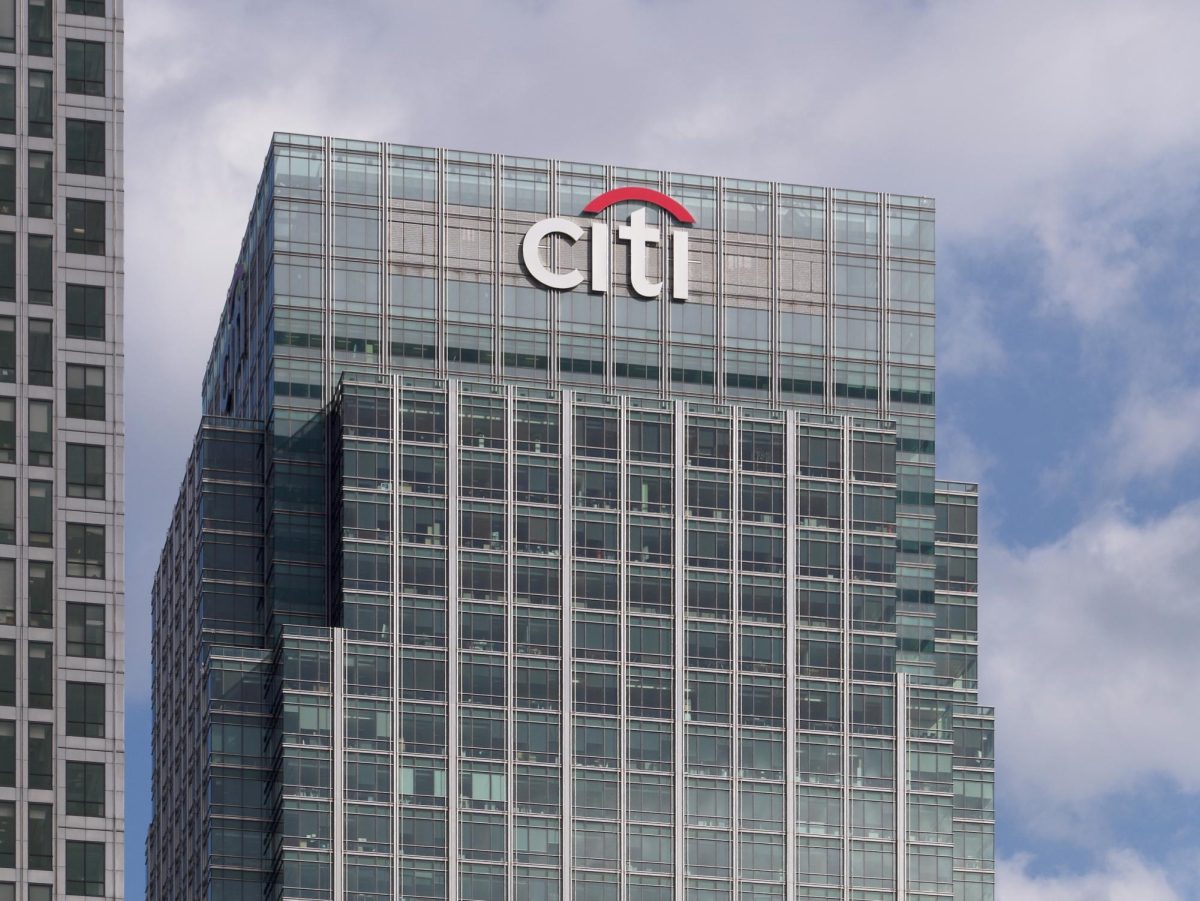Tesla Inc. disclosed outstanding third-quarter earnings and forecasts, leading to a resurgence in momentum after a lackluster year. Since the beginning of the year, Tesla has experienced two consecutive quarters of profit decline due to competition and low demand—largely because higher interest rates are driving up the costs of car purchases. In response, Tesla lowered prices for some models.
Tesla’s recent earnings show an 8% increase in revenue equating to $25.18 billion, as well as a 17.3% increase in net income totaling $2.2 billion. Earnings per share increased 9% to $0.72, and adjusted EBITDA was 18.5%, both comprising a 243-basis point improvement from a year earlier.
Tesla produced 469,796 vehicles and delivered 462,890, representing a 9% and 6% increase in total vehicles produced and delivered, respectively. Tesla also forecasted “slight growth” in its vehicle deliverables for 2024 and said it expects “hardware-related profits” to grow by lowering the costs of goods sold through innovation.
“We delivered strong results in Q3 with growth and vehicle deliverables both sequentially and year-on-year, resulting in record third-quarter volumes,” the company said in the earnings report. “Despite sustained macroeconomic headwinds and others pulling back on EV investments, we remain focused on expanding our vehicle and energy production lineup, reducing costs and making critical investments in AI projects and production capacity.”
Gross margins or adjusted EBITDA margins measure profitability from core operations while scaling production and cost control. Margins are crucial in the automotive industry because the industry is capital-intensive and highly competitive. Investors and analysts believe Tesla’s blowout margins signal a stock rally with delivery upticks and positive investor sentiment.
“This shows price cuts now under control, margins start to tick back up—you start to get now toward 20% gross margins—this will have a three in front of it as a stock [stock price will reach or surpass $300] as the gross margins start to trend up and as well growth into next year from a delivery perspective,” Daniel Ives, managing director and senior equity research analyst at Wedbush Securities, said on an episode of CNBC’s Closing Bell Overtime.
Ives added that the long-term story is autonomous and artificial intelligence products will play out, but he noted that “the street” needed to see strong margins to show that the “worst is in the rearview mirror” and the results are a “Goldilocks” for any bull and a nightmare for any bear.
In the earnings call, Tesla CEO Elon Musk said that the industry is seeing “year-over-year declines” in car order volumes and that no electric vehicle company is profitable, adding that it is “notable that Tesla is profitable.” He added that vehicle sales will increase from 20% to 30% next year due to lower cost vehicles and reaffirmed that Tesla will launch more “affordable models starting in the first half of 2025.”
Despite macroeconomic headwinds and increased competition, investors and shareholders were eager to understand how Musk’s pro-Trump activism impacts Tesla and future regulatory plans. No governmental or Trump-related questions were asked during the call, but Musk spoke about making the regulatory process for autonomous vehicles a federal issue rather than dealt state-by-state.
“There should be a federal approval process for autonomous vehicles; I mean that’s how FMVSS [Federal Motor Vehicle Safety Standards] is federal,” Musk said. “A national approval is important. If there is a Department of Government Efficiency, I’ll try to help make that happen for everyone, not just for Tesla.”








